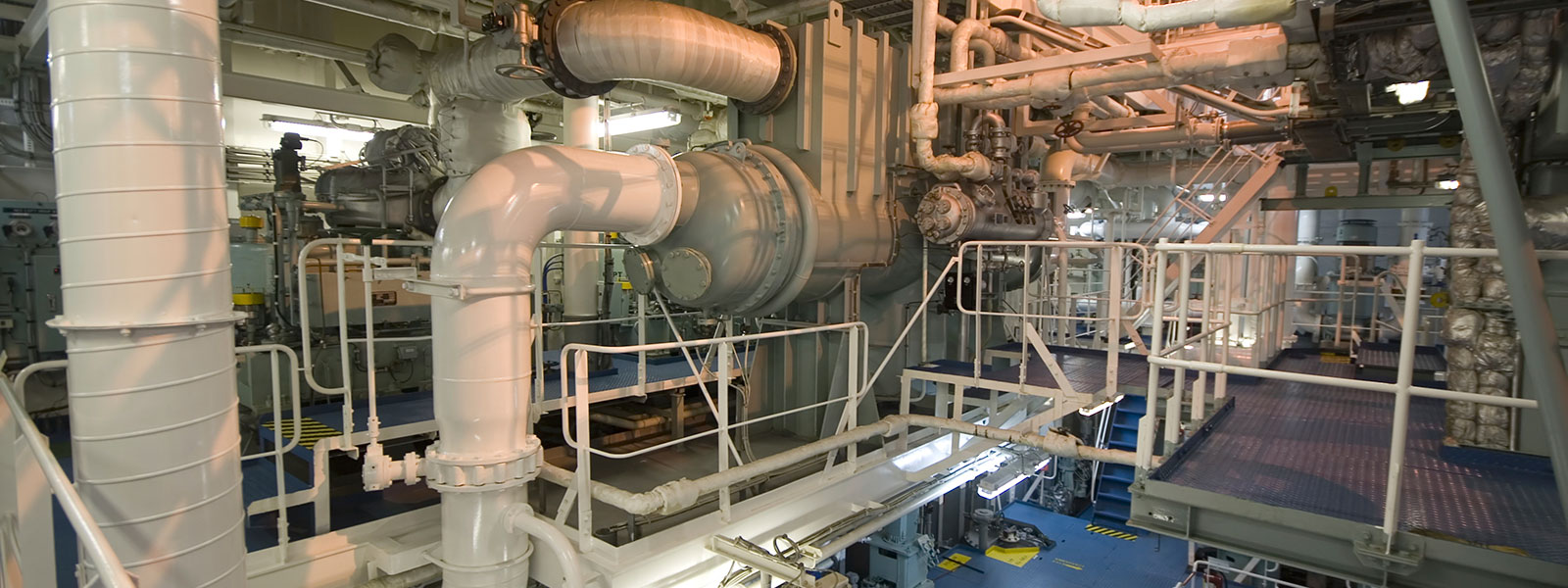The systems onboard ships are becoming increasingly complex and the industry needs to handle this complexity in terms of integration, verification, design and operation.
The complexity of systems is principally associated with the abstraction of physical systems into cyber-physical systems through utilisation of sensors and software to monitor and operate the system.
This increased complexity is a challenge in itself, but the challenge is accentuated by decreasing competence of crew for operation of these systems.
The way to handle this situation is to support the design, commissioning and operation of complex systems by computers.
This can be achieved by digitalising the processes allowing the computer to handle the information. Using algorithms to create insights into system complexity will then enable safe design, integration and operation of the systems.
Research should be carried out to investigate how digitalisation and automated processing of data through data-driven methods or simulation models can support the safe implementation of complex systems onboard ships.
Cyber-physical systems
Cyber-physical systems can also support automation of ship functions, previously carried out by humans. A function on a ship will constitute creating situational awareness, making decisions based on this and carrying out this decision.
Such a function could feasibly be replaced by cyber-physical systems, where sensors can create the situational awareness, algorithms can do the decision making based on the information from the sensors and actuators can carry out the decision.
Advanced evacuation simulation programmes have already been developed and used widely based on this principle and other ship functions, such as navigation and machinery operation, could feasibly be automated.
Alternatively, such systems could act as decision-support systems for the crew on-board assisting them in handling the complexity of the system or operation.
Since it has been stated that human errors is the root cause for in excess of 80% of all shipping accidents, replacing or supporting the human element on the ship has the potential of improving ship safety.
Such systems will be vulnerable to malicious attacks from the connectivity link from ship to shore and security issues must therefore be adequately handled.
Research should be carried out to assess through cost-benefit analyses where automation or decision support would have the biggest impact on safety and how such systems should be designed, quality assured, implemented and operated. Research should also cover security issues related to cyber-physical systems.

